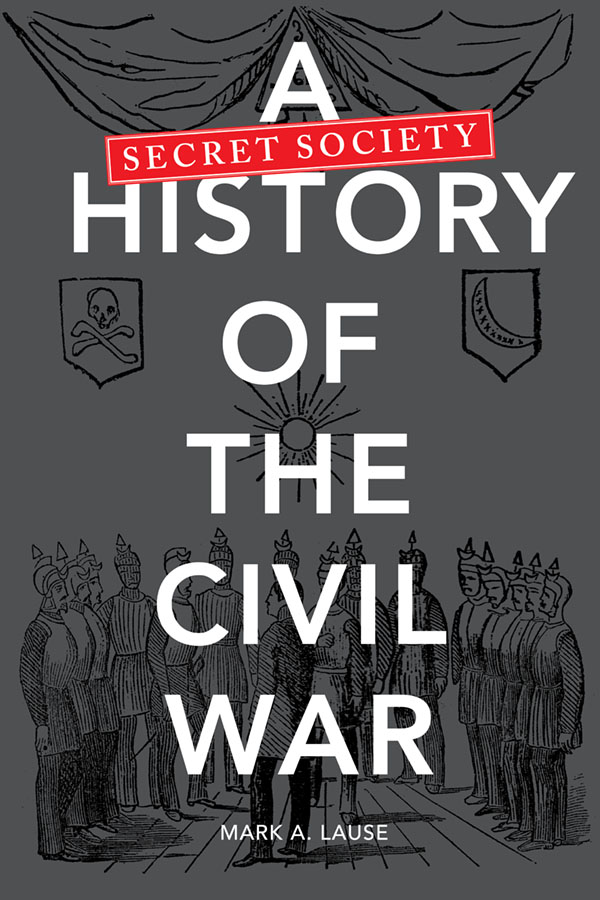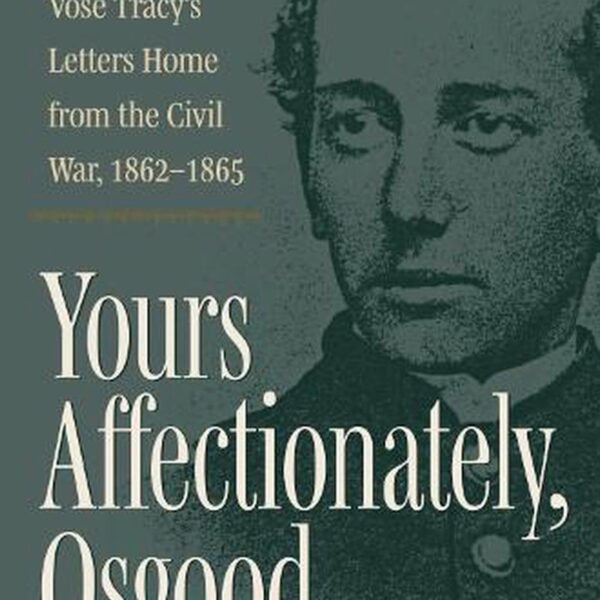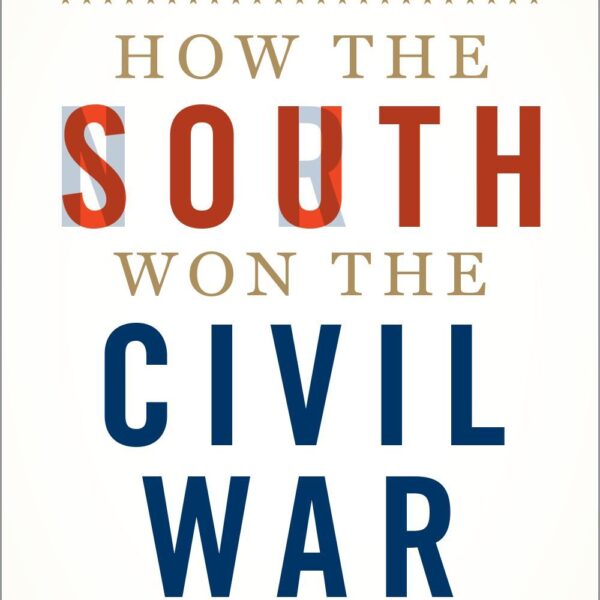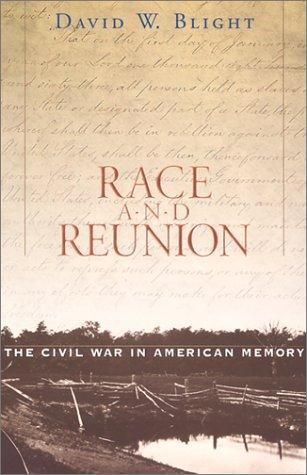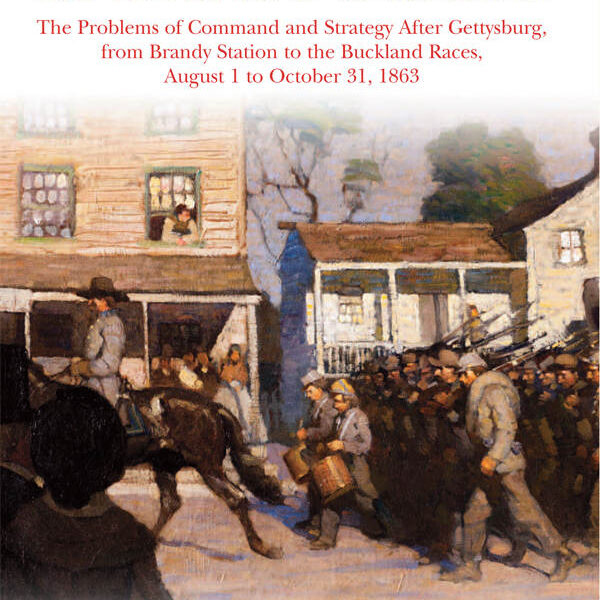When historians of the Civil War think about wartime “secret societies,” various fundamental questions commonly emerge: Who were these people? How numerous were they? What did they believe? What was their real significance? That final question opens up a related set of even more crucial historical issues. Perhaps the real importance of wartime secret societies was less in what they were doing, and more in how much other wartime folks worried about them? Historian Frank L. Klement, who spent much of his career considering Civil War dissent in the North, concluded that talk of pro-Confederate conspiracies and shadowy secret societies was wildly overblown and a useful way for the federal government to critique—and suppress—mainstream Democratic dissent. Thus, the scholarly conversation is both about what some people were actually doing and also about what other people feared (or claimed they feared). In truth, we really have only the vaguest idea how numerous and active secret societies were in either the Union or Confederacy during the Civil War.
With that in mind, a new book with this title is surely a welcome addition. Perhaps a scholar has finally dug beneath the murky rumors and self-serving government claims to uncover the real truth about the war’s secret societies. Or so one might presume. In fact, the title does not really match the text. That is, only about twenty pages are actually about the Civil War years, and although those pages are well-documented they do not take us beyond what we already knew about the specific questions related to the Civil War. Reviewers are not supposed to take authors to task for “not writing a different book” (although we do it all the time), but it might be fair to critique a monograph for not having a different title. Reader beware. This is not a history of secret societies during the Civil War.
That having been said, there are valuable things in this slim volume. Much of the early portion of the book consists of interesting case studies of various antebellum secret societies. Mark A. Lause has uncovered details on the lives, ideas, and organizational activities of several familiar and not so familiar American radicals, including most notably George Lippard and Hugh Forbes. The larger argument is that the traditions of secret societies and various brands of radical ideology traveled across the Atlantic and became rooted in antebellum American soil. These organizations and organizers stumbled along in a new national context, contributing to public debates about labor, land and slavery and perhaps having some modest impact on national political discourse as the nation moved toward sectional conflict.
Then along comes George Washington Lafayette Bickley. Bickley emerged from Lippard’s Brotherhood of the Union. He seemed to share Lippard’s fondness for secret societies, both real and imagined, but here the similarities pretty much stop. Bickley was not so much a man of ideas, but a highly creative charlatan and self-promoter. Lause suggests that Mark Twain had Bickley in mind when he created his wonderful character “the Duke” for Huckleberry Finn. L. Frank Baum’s Wizard of Oz also comes to mind. In any case, Bickley founded the murky “Knights of the Golden Circle” and worked diligently to parlay the KGC into a source of fame and wealth, eventually casting his lot with southern plans to expand into Mexico. Lause’s discussion of Bickley is both illuminating and entertaining. As he explains, in establishing and supporting the KGC Bickely soon developed “an ability to use smoke and mirrors to create the perception of scale.” Thus, in 1860 published reports claimed that Bickley had ten thousand armed men in Texas, ready to stream into Mexico, when in fact that was probably several times as many followers as he had in the entire South.
Somewhere in here the significance of ideas and actual numbers becomes eclipsed by the importance of carefully constructed perceptions. Bickley was a fascinating fellow, although Lippard and Forbes and many others were far more serious thinkers. Thus, he managed to create a secret society that had a role in the movement for secession that surely exceeded the significance of its actual membership numbers. During the Civil War, rumors about the wartime KGC became the subject of vigorous debate even as southern Unionists founded their own societies and the surviving antebellum northern societies muddled along in response to the changed political landscape in the United States and Europe.
Lause closes the book with an odd sweeping indictment of “history,” which he calls “the consensus among those with a vested interest in a particular understanding of the past and the power to make that interest matter.” Civil wars, he suggests, are one place where we might actually get “discomforting glimpses of people and events ordinarily accorded little importance.” But, alas, the recent discussion of the war seems to have eluded “serious social analysis and social debate” and thus “what emerges is a view of the conflict in which the immensely more marketable con-artist fictions of Bickley entirely eclipse the radicalism of a Forbes or a Cluseret” (155). It may be the case that Lause’s quarrel is not so much with the people who write history as those who lived it. After all, they were the ones who showed only limited interest in those true radicals while directing excessive attention towards Bickley and the Knights of the Golden Circle. On the other hand, perhaps here we have the best of both worlds: a “serious social analysis” of antebellum secret societies appended to an “immensely more marketable” book (title) about the Civil War.
Matt Gallman is a Professor of History at the University of Florida and most recently the author of A Tour of Reconstruction.
